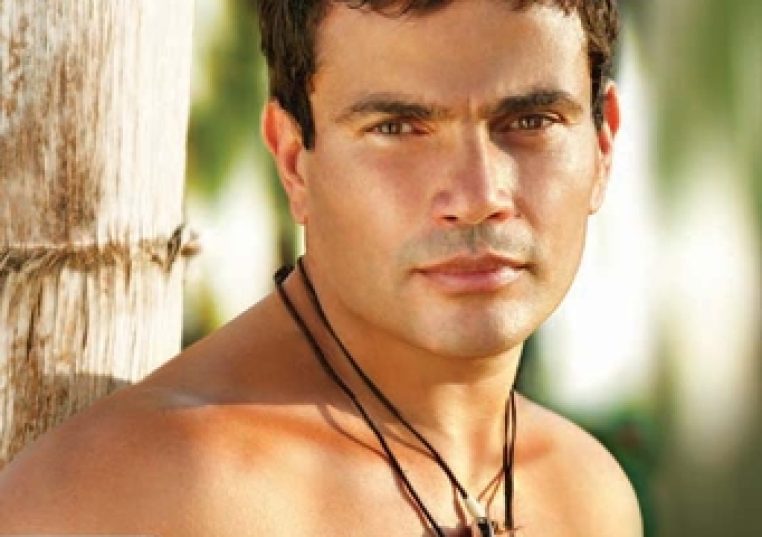Diab was born as Amr Abdel Basset Abdel Azeez Diab (Arabic: عمرو عبد الباسط عبد العزيز دياب) on 11 October 1961 in Port Said[3] to a middle-class Muslim family from the Egyptian countryside of Menia Elamh, in Sharqia Governorate, Egypt. Diab graduated with a bachelor’s degree in music from the Cairo Academy of Arts in 1986. Diab released his first album entitled Ya Tareeq in 1983. Diab’s second album, Ghanny Men Albak (1984), was the first of a series of records he released with Delta Sound; including Hala Hala (1986), Khalseen (1987), and Mayyal (1988), with the title track becoming one of the top 10 songs in the world at the time[citation needed]. His later releases include Shawa’na (1989), Matkhafesh (1990), Habibi (1991), Ayyamna (1992), Ya Omrena (1993), Weylomony (1994), and Rag’een (1995). By 1992, he became the first Egyptian and Middle Eastern artist to start making high-tech music videos.[ In 1996, Diab released his first album with Alam El Phan entitled Nour El Ain, and he won the World Music Award for the first time, which proved an international success and gained Diab recognition beyond the Arabic-speaking world. Diab recorded four more albums with Alam El Phan, including Amarain (1999). Diab also collaborated with Khaled (on the song “Alby”) and with Angela Dimitriou (on the song “Bahebak Aktar”). In February 2011, Diab released his hit single Masr Allet (“Egypt spoke”), followed by the release of his album Banadeek Taala in September, produced by Rotana. In 2012, Diab hosted the first Google Hangout in the Middle East during his performance in Dubai. In October 2014, Diab released his album Shoft El Ayam, which topped his last album El Leila and again became the best-selling album in Egypt on iTunes. In July 2015, Diab released a music video for his song “Gamalo” from his album Shoft El Ayam. In March 2016, he released Ahla w Ahla, his first album since he left Rotana Music. The album was produced by the record label Nay For Media. His new album Maadi el Nas was released in July 2017 with Nay Records.[8]. Diab’s fame in the music industry has led him to experiment with other forms of media, such as film. Diab played himself in his first film, El Afareet, which was released in 1989. It also starred Madiha Kamel. His second film was Hussein El-Imam’s production Ice Cream in Gleam (Ays Krim fi Glym), in which Diab starred in 1992, was chosen as one of the best five Egyptian musical films by the University of California, Los Angeles (ULCA) School of Theater, Film and Television.[citation needed] The film was featured in the UCLA Film and Television Archive’s new program “Music on the Nile: Fifty Years of Egyptian Musical Films” at James Bridges Theater at UCLA on 6, 8 and 10 April 1999. David Chute of the LA Weekly termed it “observant” and “a big leap”.[14] His third movie was released in 1993, and was named Deahk We La’ab (Laughter and Fun). The film premiered in the Egyptian Film Festival in 1993. Diab played alongside international Egyptian movie star Omar Sharif (Lawrence of Arabia, Doctor Zhivago) and Yousra. Overall, Diab did not experience the same level of success in film that he had with his music career. Since 1993, Diab has focused on his singing career.
